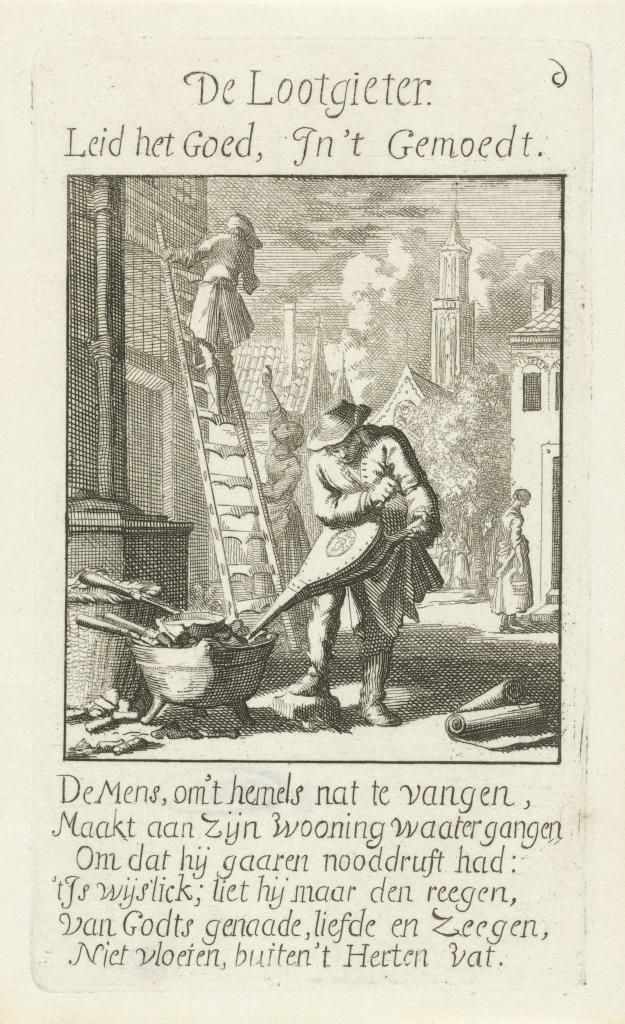Why do you need a nicker on a saw? A saw IS a nicker! I'm open to the idea that my theory might be wrong, but I haven't been convinced of any others as yet. The ones that I least accept are:
- Compass point
- Aiming Sight
- Kerf starter/cleaner, which I will include nicker under this
The ones I might accept are:
- Identifying mark of the maker
- Identifying mark of the saw- i.e. you want to grab a crosscut versus a rip, maybe there is a different nib or presence/absence of one on each saw without looking at the teeth
- Decoration, although I have to say, it's not much of a decoration
- Showing off- a maker puts it there just to show that they are just that good at making a saw that they can shape a little nib on the ridge of the saw.
- Something you can use to test the metal. I kind of don't like this theory, but perhaps "back in the day" with less precise metallurgy than we have today (not that it wasn't good- just they didn't have the standards and technology we have today) a person might want to test a little piece of the saw for hardness, and the nib is for testing. Meh... could be...
The one I personally accept:
- A place to tie a sheath.
The one I wish were true, but highly unlikely:
- A device for shooting rubber bands at fellow craftsmen.
Although this topic comes up a lot on various woodworking and tool sites, and has been thoroughly hashed out, I am kind of glad it came up again because I always hope someone will chime in with some image they found in their great, great grandfather's attic.
Please don't anyone take my comments here as retaliatory or defensive. I would be happy to be proven wrong and find that it was actually a back scratcher or whatever, and finally have the answer! It has been a curiosity of mine for no real reason other than I hate not knowing. That said, if I find an image of a saw with a sheath tied to it, you all owe me a beer.





 Reply With Quote
Reply With Quote

 . I am trying to take what I can from history, and leave the things I don't like behind.
. I am trying to take what I can from history, and leave the things I don't like behind.






